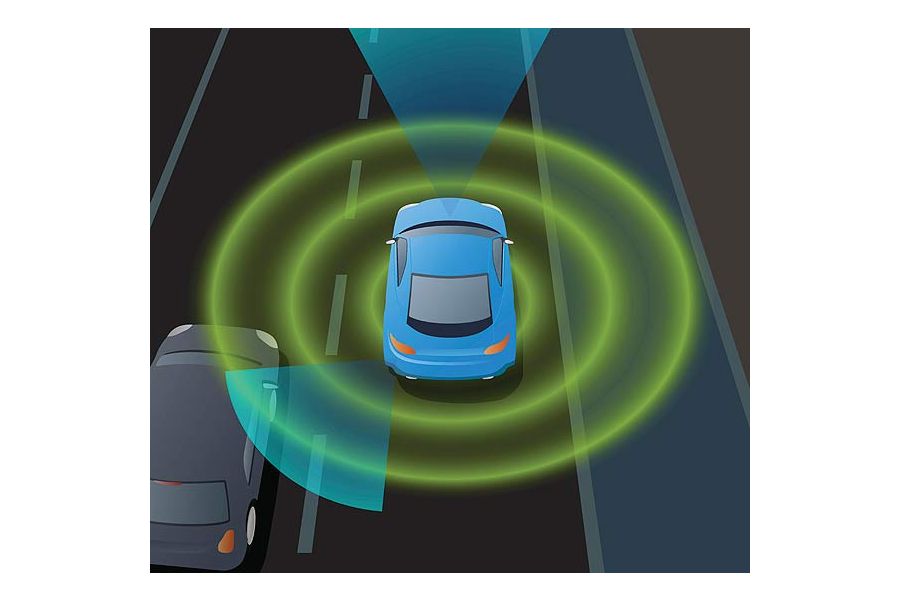New-Car Features that Drive Drivers Crazy

It used to be that lowest-rated cars were mechanical nightmares, with lackluster operation underscored by a propensity to break down. Today, with most cars achieving admirable levels of performance and durability it’s a different story.
Surveys conducted by JD Power and Consumer Reports are finding consumers frustrated with some of the motoring world’s latest high-tech features, particularly complex infotainment systems that require a steep learning curve, and once mastered can still prove difficult and distracting to operate.
But that’s only the half of it. Here’s out list of the most irritating auto accoutrements that car shoppers – particularly those being less technically inclined – should be on the lookout for when taking a test drive:
• Auto Stop-Start. This fuel-saving feature automatically disengages the engine while the vehicle is stopped or idling, and starts up when the driver removes his or her foot from the brake pedal. Unfortunately, it can be downright intrusive on some vehicles, particularly larger vehicles and sporty cars. The roar of a Porsche 911 engine on startup can be exhilarating, though it becomes tiring along a traffic-jammed route that’s peppered with stop signs and traffic signals. Most cars allow drivers to switch off this function, though it usually defaults to being engaged upon startup.
• Lane Departure Warning. This otherwise worthy safety system – which sounds an alarm or triggers vibrations in the seat or steering wheel when sensors detect a vehicle is inadvertently crossing lane markers – is not without its problems. Many drivers grow to tune out an abundance of alerts or eventually find the switch that deactivates the feature.
• Lane Departure Intervention. Some models employ braking and/or steering intervention to help “nudge” a wandering car back into the center of a lane. While it does have the potential for added safety, it can be disconcerting, especially if the reason you’re treading the lane markers on the left is to keep a comfortable distance from the big semi-trailer that’s encroaching into your lane from the right. Again, this function can usually be switched off, but it then becomes a waste of money.
• Parking Proximity Alarms. Radar-guided distance alarms that go off loudly and insistently (and muting the car’s audio system in the process) whenever a car’s transmission is shifted into reverse are often more annoying than they’re worth. A rear back-up camera serves the same purpose and is far less disconcerting.
• Touchscreen Infotainment/Navigation Systems. It seemed like a good idea at the time to combine several of a vehicle’s controls within a touch-sensitive screen to reduce dashboard clutter, but some are easier to operate than others. They can be unresponsive, often rely on complex menu-driven commands and can be dangerously distracting to operate while the vehicle is moving. What’s more, many cars prevent entering navigation system commands and a few other functions while the vehicle is moving to help keep the driver’s attention focused on the road. That’s admirable, but it’s also unnecessary if there’s a front-seat passenger who can accomplish such tasks without running the car off the road.
• Touch-Sensitive Controls. Some cars swap conventional knobs and buttons for odd “touch points” on the dashboard. As with touchscreens, they tend to be less intuitive to operate, slow to respond and lack tactile feel. The worst are audio system volume controls that are operated not by a dial, but by a swipe on the dashboard that’s hit or miss at best.
• Voice Commands. Intended to reduce driver distractions, such systems can prove too exasperating for many motorists to use. Many force motorists to speak like engineers to execute commands (“audio system…Bluetooth…play artist…track, etc.), or at the least tend to misinterpret many commands, especially from drivers with thick accents or speaking difficulties.